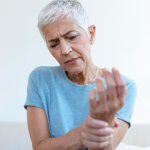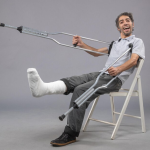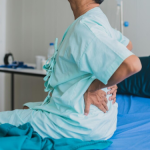A slew of setbacks, most notably a serious knee injury and the resulting muscular strains, are the cause of Neymar’s physical issues. In October 2023, Neymar ruptured his meniscus and anterior cruciate ligament (ACL) in his left knee while playing for Brazil. Consequently, he was out of commission for about a year which needed a surgery and prolonged rehabilitation. Afterwards, he returned in October 2024, making a fleeting appearance for his team, Al Hilal, in a Champions League game. However, Neymar sustained a thigh injury in a Champions League match against Esteghlal FC barely two weeks after his return. After just 29 minutes of play, he was forced to leave the field. Al Hilal acknowledged that he had to miss up to six weeks of action due to a hamstring issue. These recurring injuries highlight the challenges athletes face when returning to play after significant injuries. Doctors had warned Neymar…
Read More







